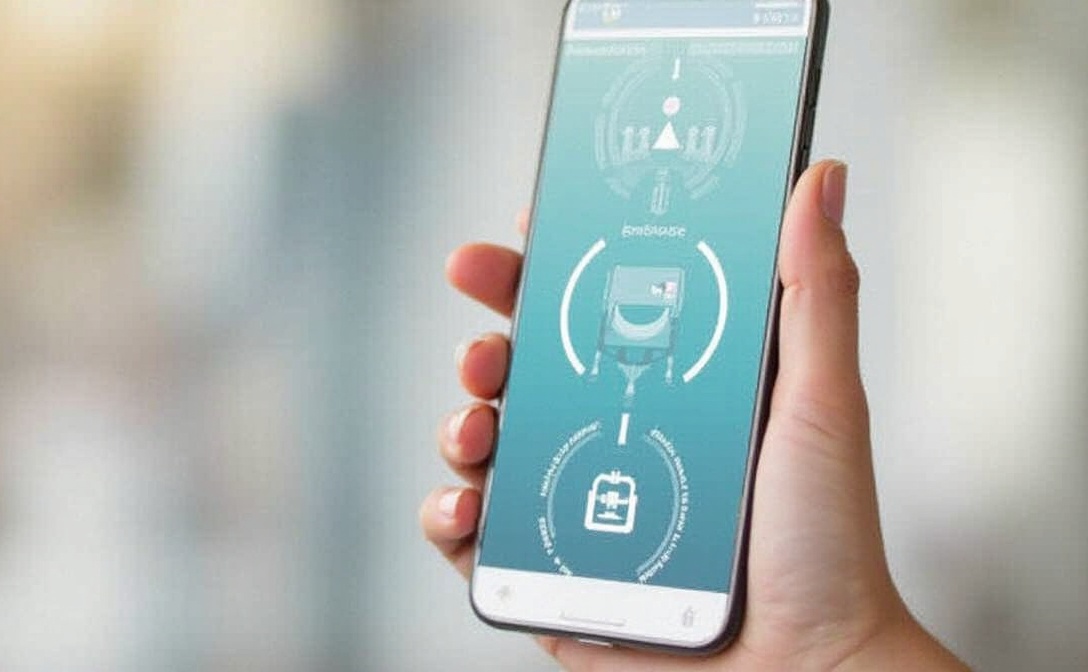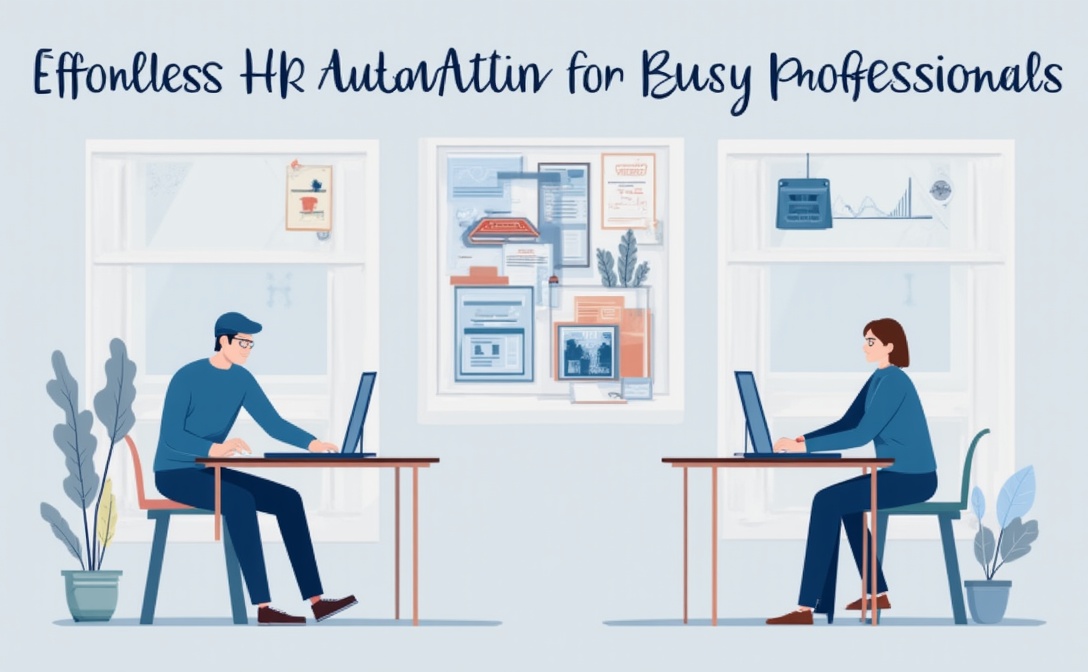Only output the HTML content without preamble or further explanation. Generate WordPress-compatible HTML for a blog post based on the provided content.
Estimated reading time: 12 minutes
Key Takeaways
- Balance is key: Use practical strategies to prevent smartphone overuse and foster digital well-being.
- Leverage technology: Implement workflow automation tools like n8n to monitor and manage digital habits.
- Encourage organizational policies: Promote digital mindfulness within workplaces through policies and training.
- Practical habits: Set boundaries, disable non-essential notifications, and practice mindful usage for healthier relationships with devices.
- Foster a culture of balance: Recognize and reward healthy digital practices to support overall well-being.
Table of Contents
- The Impact of Smartphones on Modern Life
- Why Maintaining a Healthy Phone Relationship Matters
- The Secrets to a Healthy Relationship with Your Phone
- How Workflow Automation Enhances Digital Well-being
- Practical Takeaways for HR and Business Leaders
- Conclusion
- FAQ
The Impact of Smartphones on Modern Life
Smartphones have revolutionized the way we live and work. According to a 2023 report by Pew Research Center, approximately 85% of adults in North America own a smartphone, with usage patterns increasing daily. While these devices provide numerous benefits, excessive use can lead to negative outcomes such as diminished attention span, sleep disturbances, reduced productivity, and even mental health issues like anxiety and depression.
The World Health Organization (WHO) has recognized “gaming disorder” and problematic internet use as behavioral addictions, emphasizing the importance of managing digital consumption. For HR managers and business leaders, understanding these impacts is crucial in developing healthier workplace practices and digital wellness programs.
Why Maintaining a Healthy Phone Relationship Matters
Promoting a balanced approach to phone usage is essential for several reasons:
- Enhances Productivity: Constant notifications and social media distractions impair focus, reducing efficiency.
- Supports Mental Well-being: Excessive screen time correlates with increased stress and anxiety.
- Encourages Better Sleep: Screen exposure before bedtime disrupts sleep patterns, affecting overall health.
- Improves Interpersonal Relationships: Overuse can hinder meaningful face-to-face connections.
As AI and workflow automation specialists, we advocate for leveraging technology to automate mundane tasks, freeing up time for more meaningful activities. But even as we implement these solutions, personal digital discipline remains a vital component of well-being.
The Secrets to a Healthy Relationship with Your Phone
Based on recent research and expert insights, here are proven strategies to harness your device responsibly:
1. Set Intentional Boundaries and Limits
Establish clear rules for your smartphone use. Many operating systems now offer built-in features for managing screen time. For instance, iOS’s Screen Time and Android’s Digital Wellbeing tools allow users to set daily limits for apps, schedule ‘downtime,’ and monitor usage patterns.
Practical tip: Schedule specific periods during the day when your phone is off-limits—such as during meals, family time, or an hour before bed. This creates intentional boundaries that prevent overuse.
2. Turn Off Non-Essential Notifications
Notifications are designed to capture your attention, often leading to frequent interruptions. Prioritize notifications from essential contacts or apps related to work or health, and disable or mute the rest.
Proactive step: Use ‘Do Not Disturb’ mode during focused work periods and personal time to minimize distractions. This not only boosts productivity but fosters mindfulness and presence.
3. Curate Your Digital Environment
Regularly review and declutter your apps, subscriptions, and social media feeds. Unfollow or mute accounts that don’t add value or cause stress. Prioritizing quality over quantity helps maintain a healthier digital diet.
HR tip: Encourage employees to periodically assess their digital consumption habits as part of employee wellness programs, promoting a culture of balance.
4. Practice Mindful Usage and Digital Detoxes
Mindfulness involves paying intentional attention to how you interact with your device. Consider activities like digital detoxes—periods when you deliberately disconnect from technology.
Practical approach: Designate a weekend day or a specific hour each day as a ‘tech-free’ time. Use this period for hobbies, exercise, or quality time with loved ones.
5. Leverage Technology for Self-Management
As experts in AI consulting, we recommend deploying workflow automation tools like n8n to monitor and manage digital use patterns. For example, automating reminders to step away from screens or setting up alerts when usage exceeds healthy thresholds can reinforce healthy habits.
Additionally, some AI-powered apps can analyze your screen time behaviors and suggest personalized strategies for improvement.
How Workflow Automation Enhances Digital Well-being
Workflow automation platforms such as n8n can be instrumental in promoting healthy digital habits. By creating automated routines, individuals and organizations can minimize unnecessary device interactions:
- Automated Focus Sessions: Configure workflows to silence notifications or lock apps during designated work periods, fostering deep concentration.
- Break Reminders: Set up triggers to remind users to take stretching or breathing exercises, reducing physical and mental strain.
- Usage Monitoring & Reporting: Automate collection and analysis of digital habits, providing insights that help users make informed adjustments.
At a corporate level, integrating automation tools into employee wellness initiatives underscores a commitment to digital health, boosting overall productivity and morale.
Practical Takeaways for HR and Business Leaders
- Implement Digital Well-being Policies: Encourage employees to set personal boundaries regarding email and app notifications outside of working hours.
- Offer Training on Digital Mindfulness: Conduct workshops or seminars to educate staff on managing digital habits effectively.
- Leverage Automation Tools: Use AI-driven workflow automation solutions to reduce unnecessary digital interactions and promote focus.
- Foster a Culture of Balance: Recognize and reward healthy digital habits among employees, promoting a sustainable work environment.
Conclusion
Maintaining a healthy relationship with your phone is essential in today’s hyper-connected world. By understanding the impact of excessive device use and implementing practical strategies—such as setting boundaries, curating digital environments, practicing mindfulness, and leveraging automation—individuals and organizations can foster healthier online habits.
As Canada’s leading AI consulting and workflow automation experts, we assist businesses in integrating innovative solutions that enhance productivity while supporting work-life balance. Whether automating routine tasks or designing digital wellness programs, our expertise can help you harness technology responsibly.
**Are you ready to transform your digital habits and optimize your workflows?** Contact us today to explore how our AI and automation solutions can support your journey toward a healthier, more productive digital lifestyle.
**Take action now**—embrace the secrets to a balanced digital life, and let technology serve you, not control you. Reach out to our team to learn more about our AI consulting and workflow automation services tailored to your needs.
FAQ
- How can I reduce my screen time effectively?
- Set intentional boundaries, disable non-essential notifications, use screen time management tools, and practice digital detoxes regularly.
- What are some automation tools to improve digital well-being?
- Platforms like n8n can automate routines such as focus sessions, break reminders, and usage monitoring to promote healthier habits.
- How can organizations support employees in managing digital habits?
- Implement policies that encourage boundaries, provide training on digital mindfulness, and leverage automation tools to reduce unnecessary interactions.






